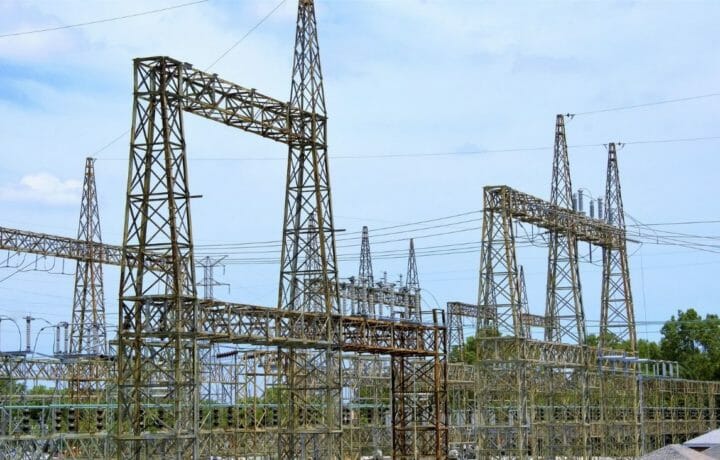Cutting fossil-fuel use and upping energy efficiency are good environmental policies–on this, most Americans in the civilian world would probably agree. What they might not know is that to the U.S. military, these actions are something more: smart warfighting strategy. The Expeditionary Energy Campaign, an initiative hatched this year by the U.S. Air Force Research Laboratory’s (AFRL’s) Transformational Capabilities Office, aims to sharpen the Air Force’s combat edge, not with new weapons, but with new technologies for solar power, wind energy, and energy-efficient engine design.
It makes sense, because if there is any locale where resources are scarce, it’s in the middle of a combat zone. Military forces on the move don’t always have easy access to gas and electricity. So if they can conserve the limited supplies that they have–or meet their needs as they go, with renewable sources–they will be able to extend their mission ranges, stay a few steps ahead of the enemy, and be more likely to succeed.
“These forces require fuel and power to move, fight, and sustain,” reads an Air Force press release, adding that the energy-saving innovations this campaign is funding “offer needle-moving capability enhancements for the expeditionary warfighter.”
This AFRL campaign will dispense $200,000 among eight private-sector companies, all chosen by the Transformational Capabilities Office. Every award winner either has developed or is developing an energy innovations that the Air Force could use. Each company will use its award money to conduct a “feasibility study” assessing exactly how–and how well–its respective technology would work in Air Force systems.
The award winners include the following:
- AES Corporation is piloting new options for generating and storing more solar power more efficiently.
- IceWind LLC, a maker of wind turbines, is devising a wind-power platform tailor-made for military settings.
- Influit LLC is developing “nano-fluids,” liquid substrates that have been engineered at the molecular level into super-fuels that contain more energy than your average gasoline does.
- DBA RISE ROBOTICS will explore how its trademark RISE Cylinder might replace the hydraulic cylinders in much of the Air Force’s heavy machinery. The company’s cylinder is entirely electromechanical, fluid-free–no liquid oil needed, unlike in a hydraulic mechanism–and uses 90% less energy than its hydraulic counterparts.
- Siemens Energy is developing a microturbine, the Hummingbird Micro Gas Turbine, that military units can use as power generators. Microturbines use conventional fuel, but they have fewer moving parts than conventional generators, are much lighter-weight, and have much greater energy output. An added bonus: Their greenhouse-gas emissions are substantially less.
- Reach Labs is pursuing a different sort of energy efficiency: “wireless power transmission,” the technology of beaming electricity long-distance via laser rays or microwave radiation, no physical cables or power plugs needed. The company already operates some wireless-power systems, but its new project is a “passive relay” mechanism that will focus a wireless power signal and enable power transmissions over even longer distances.
- Resonant Link makes a whole line of wireless-power transmission applications. And it will use its award money to explore a ground-support system capable of powering aircraft and, ultimately, making the Air Force gasoline-free: The project envisions an “all-electric flightline.”
- Florida Turbine Technologies is fashioning a portable generator that combat units could use to power up their vehicles and machines on the go. It’s energy convenience, rather than efficiency per se, but either way a very valuable asset in a military operation.
These eight studies build on years of prior Department of Defense work on the issue. Marine Corps General (and former Defense Secretary) James Mattis said back in 2003 that U.S. forces “must be unleashed from the tether of fuel.” Other military leaders agreed: The Army has been rolling out electric vehicles; the Navy, hybrid ships; and Marine and Army units both have taken to using solar backpacks and blankets to recharge their communications equipment batteries.
We civilians tend to take electricity and gas for granted. The lights will always run, as long as we pay the bills on time. And a full tank of gas is (most of the time) just a short gas-station visit away. But military forces at war don’t have these assurances. Working electric grids and fully stocked fueling stations are not always available, and those that are around have an unfortunate habit of being sabotaged by adversary forces.
In the face of these challenges, getting some independence from the grid and putting some renewable-energy and sustainable-use capabilities into practice are not only sound Earth stewardship; they’re ways to help keep your forces alive.




